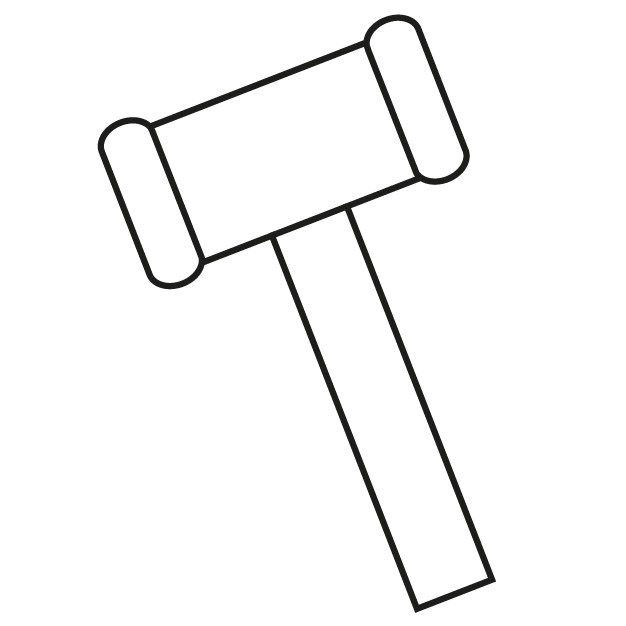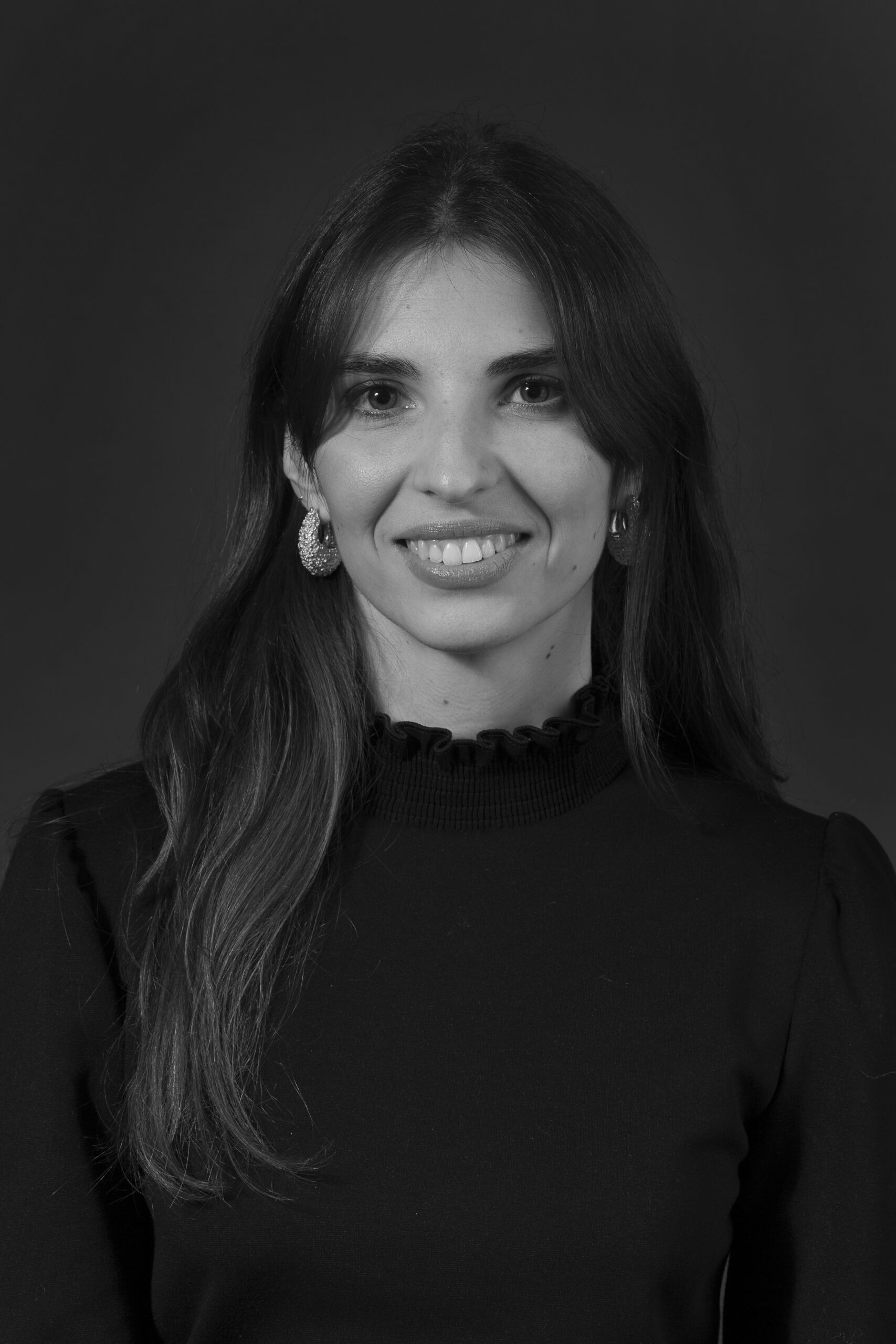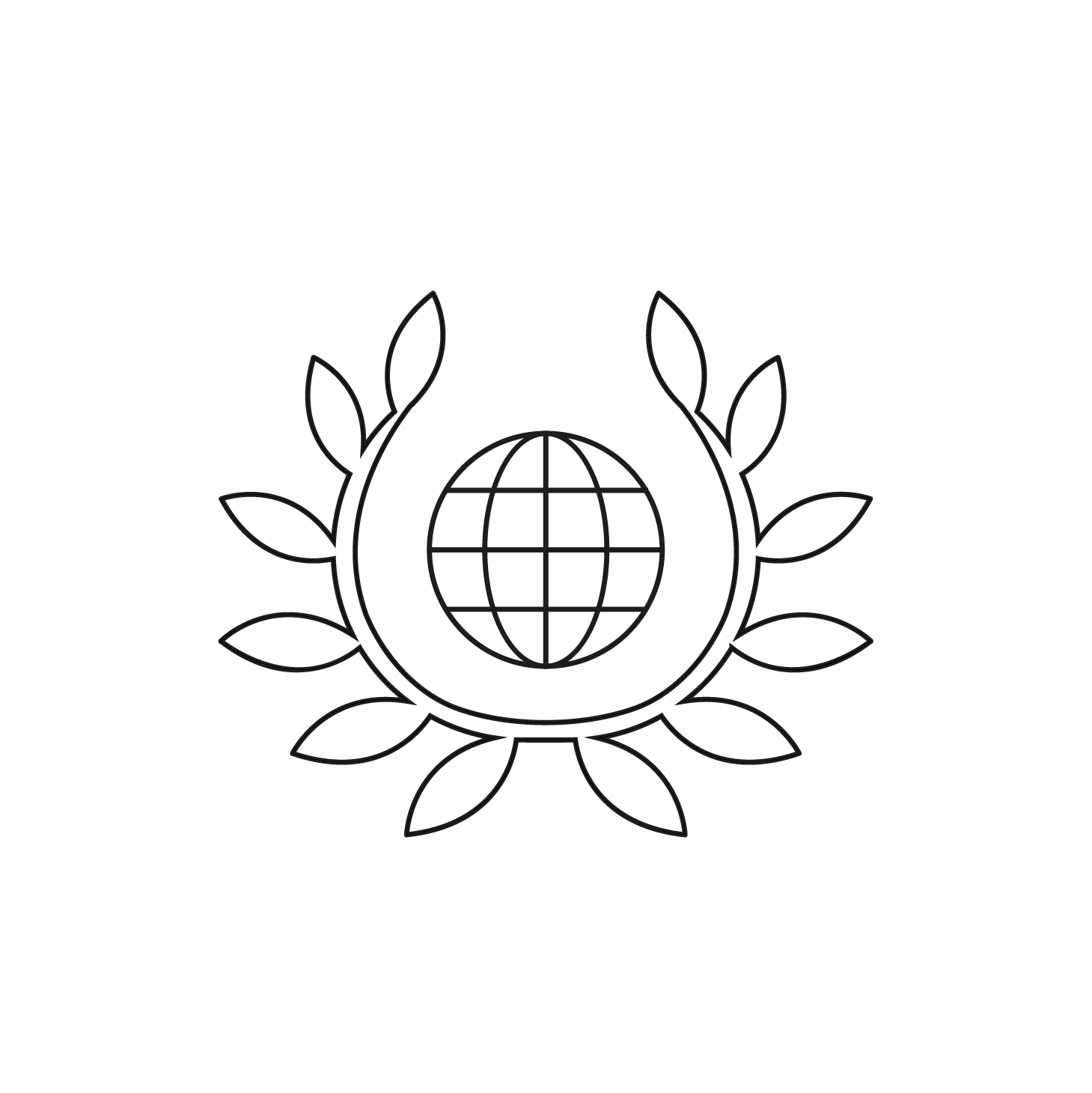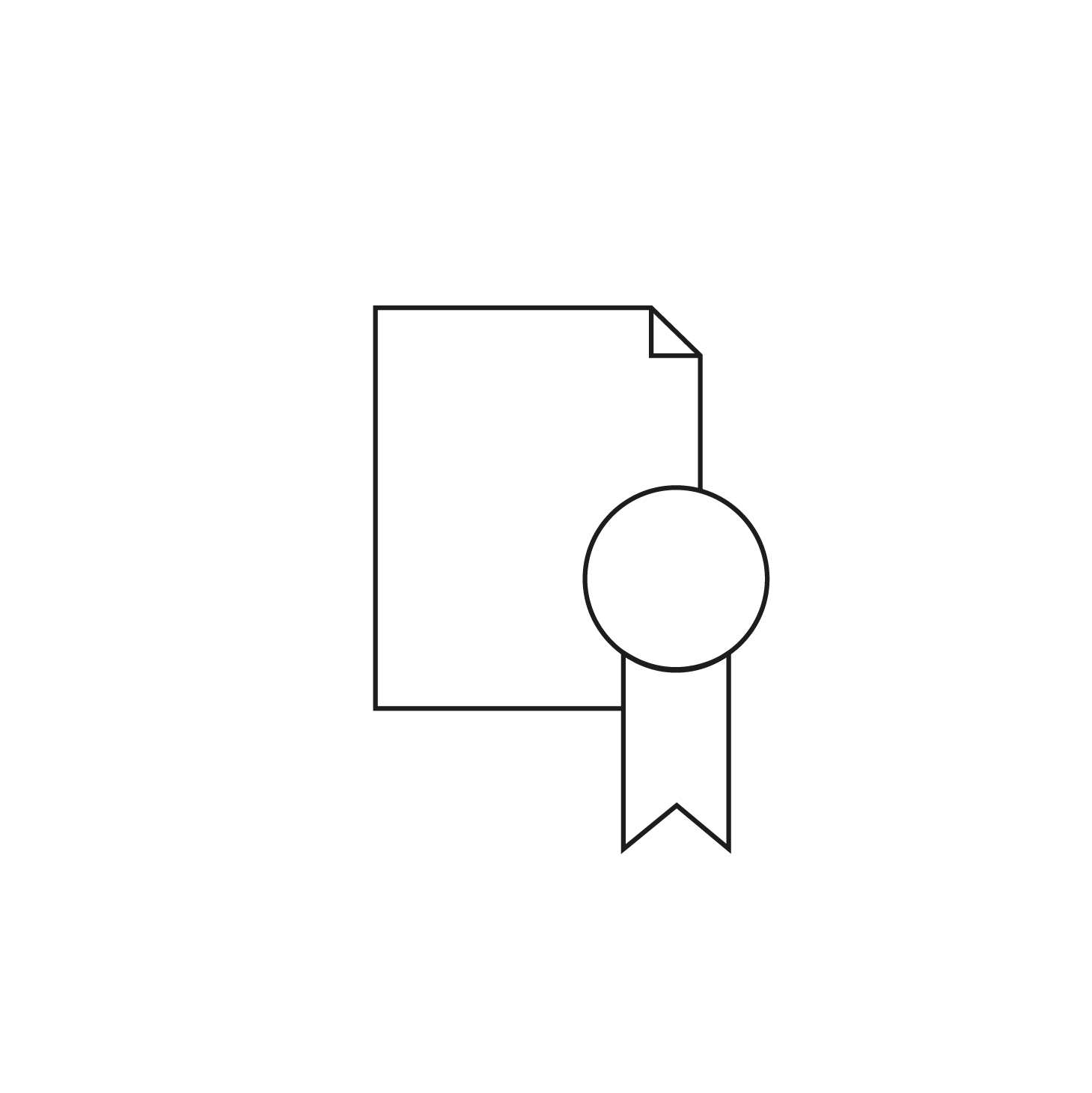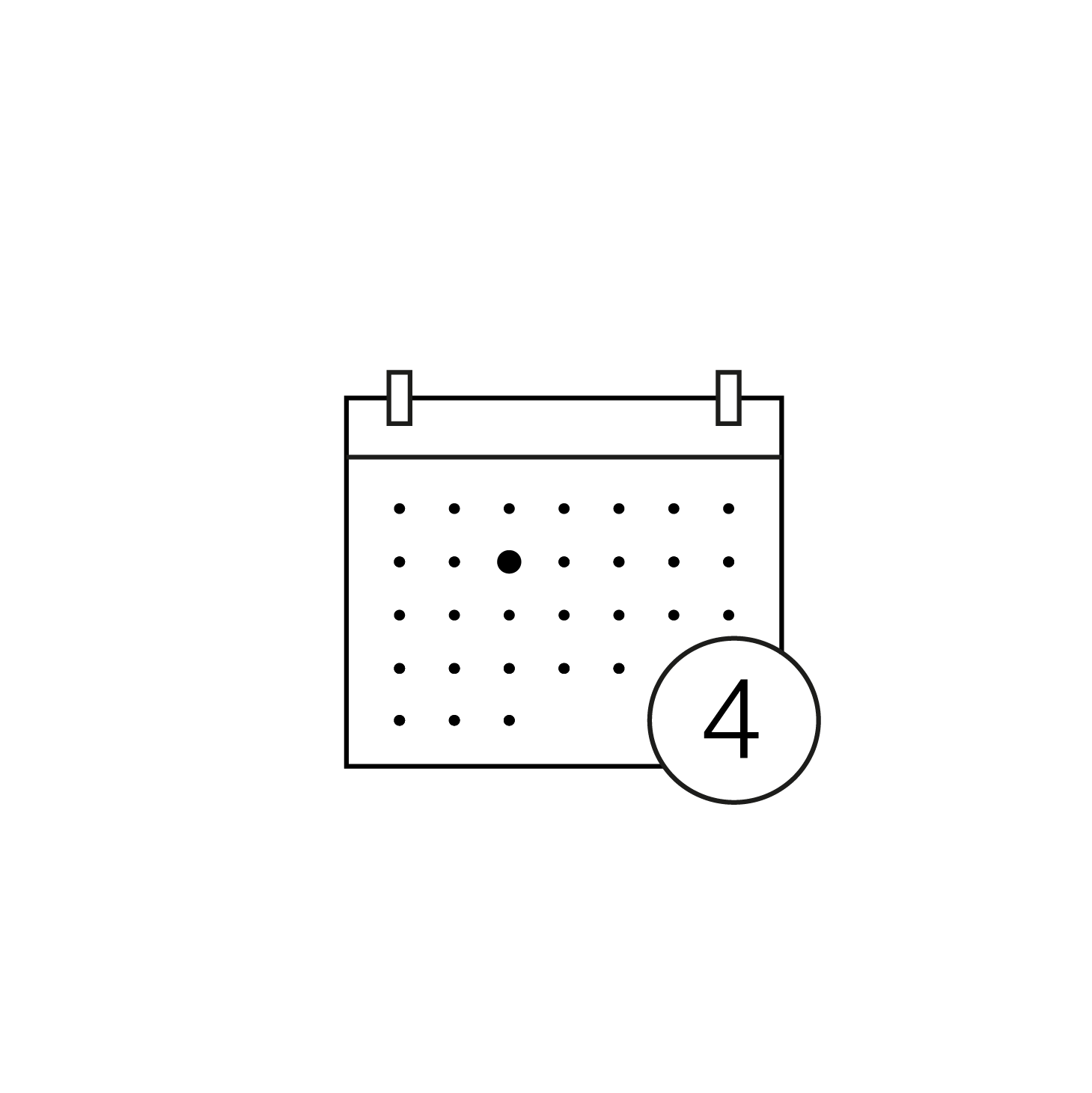Jacques Villeglé has established himself among the great artists of the history of art in the twentieth century, particularly through his involvement in an artistic current such as the New Realism. Jacques Villeglé is an adept of the plastic arts and his contemporary works are also objets d’art. The works of Jacques Villeglé are unanimously recognised by the art market, museums of modern and contemporary art, art galleries and auction houses, and have found their place in art collections alongside other great names.
The two Breton friends Jacques Villeglé (born in 1926) and Raymond Hains (1926 – 2005), who met in 1945, walked the streets of Montparnasse together. They were in fact the two great figures of the so-called poster artists, although in reality the most appropriate term is rather that of lacerators, a process that began in 1949. The technique of the lacérateurs consists in finding panels in the street cluttered with superimposed posters, then tearing off certain layers in order to obtain a composition of material effects and figurative images. Both Villeglé and Hains were in contact with the great figures of the French scene in the 1950s. Their work is part of the New Realism, named after an exhibition held in 1961 in Paris, which included Arman, François Dufrêne and Yves Klein, and is sometimes seen as a French adaptation of Pop Art.
Jacques Villeglé is seen today as the emblematic artist of the French lacerating poster artists, his name being inseparable from this technique. Indeed, he practised lacerations all his life, from the first poster tearing in 1949. Among his best known works are Rues Desprez and Vercingétorix, from 1966.

